
All categories
Featured selections
Trade Assurance
Buyer Central
Help Center
Get the app
Become a supplier

(2009 products available)

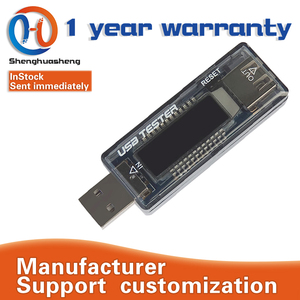
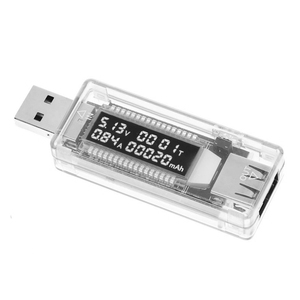

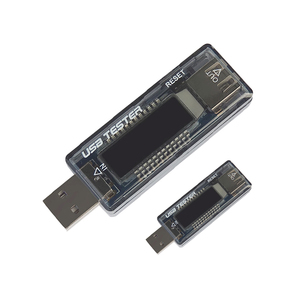


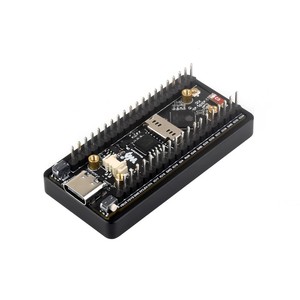
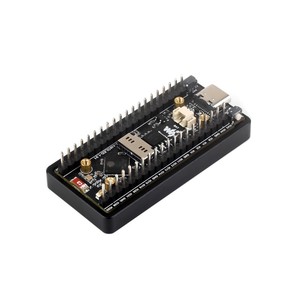
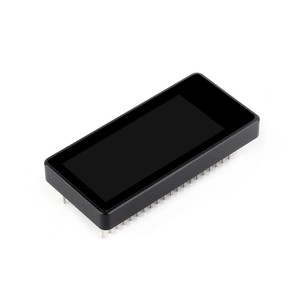

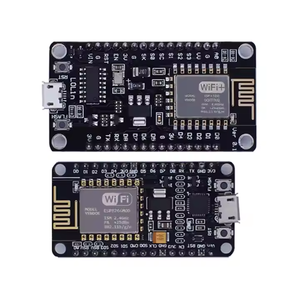

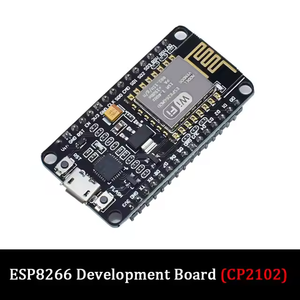
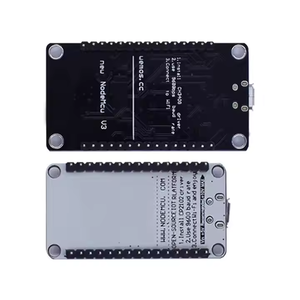

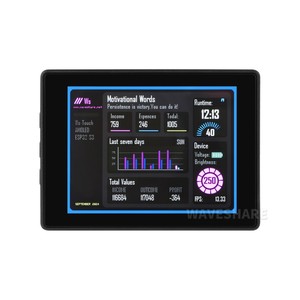


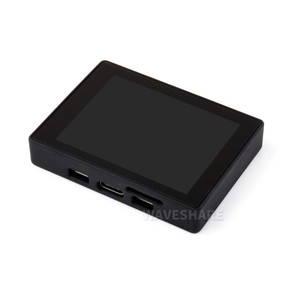
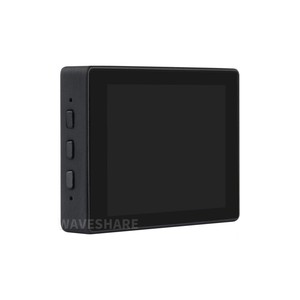




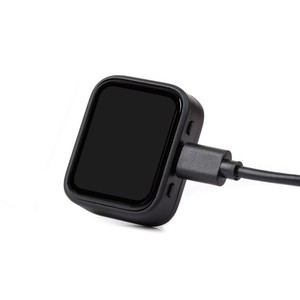
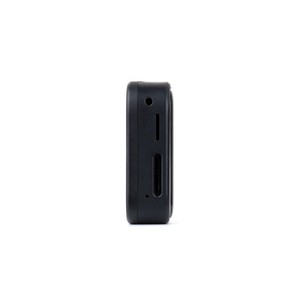


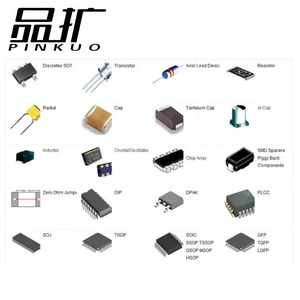

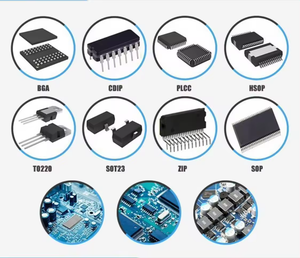
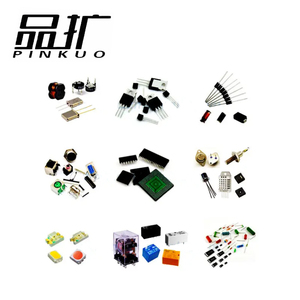

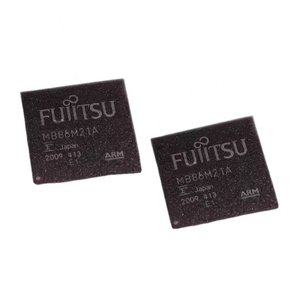

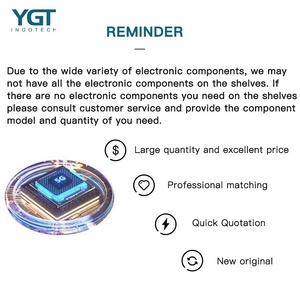
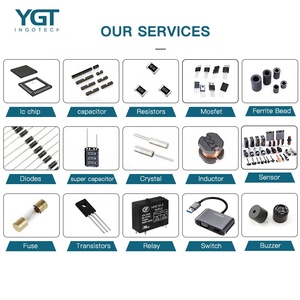
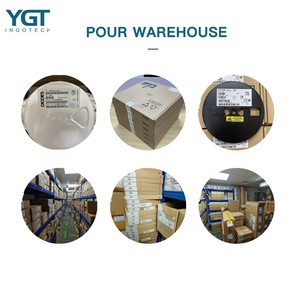

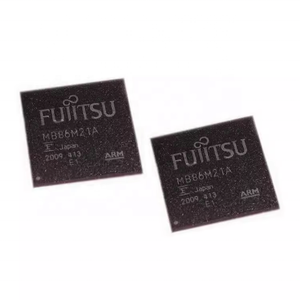

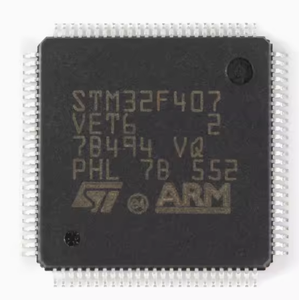
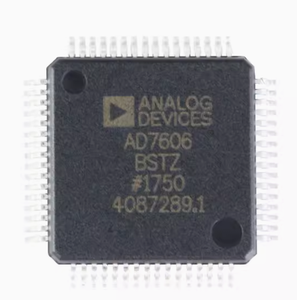
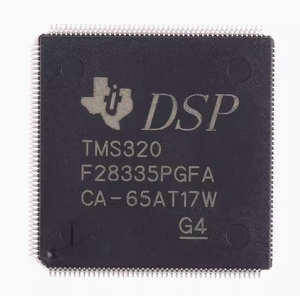

The best 32-bit microcontroller can be classified in varous ways. This is through application, architecture, or operational features. Here are some of the common types:
This classification is based on the fundamental design and execution characteristics.
Harvard Architecture Microcontrollers
These microcontrollers have separate memory storage for data and program. They, therefore, allow parallel operations for faster execution. These microcontrollers are valuable in applications requiring high-speed data processing. Typical examples of this microcontroller include the STM32H7 series and the PIC32MZ series.
Von Neumann/Unified Architecture
Unlike Harvard architecture, these microcontrollers have a single memory for both data and program storage. This means the data and instructions must be fetched sequentially. This makes the system simple and cost-effective. Examples include the older 32-bit MCU's like the HCS12.
ARM Cortex-M Series
The ARM Cortex-M series deals with efficiency and ease of use in controlling embedded systems. It introduces a wide range of power-saving features. They also have a simplified instruction set to capture beginners. Their application range goes from simple tasks to more complex real-time operations. Examples include the Cortex-M0/Cortex-M1/Cortex-M3/Cortex-M4/Cortex-M7).
This classification considers the application-specific features added to the microcontroller for enhanced functionality.
32 Bit Microcontrollers with DSP Features
The Digital Signal Processing (DSP) functionality, adds instruction set optimization. It, therefore, makes them suitable for high-quality audio, video, and communication systems. Common DSP features are Multiply-Accumulate (MAC) operations and specialized addressing modes. These improve performance in signal processing tasks. Applications include audio processing systems and telecommunications devices. Examples include TI's C2000 series and NXP's LPC series.
FPU Integrated 32 Bit Microcontrollers
These microcontrollers accommodate floating-point arithmetic in hardware. They make them suitable for computation-intensive applications. The applications require real-time control and complex calculations. These include robotics and scientific instrumentation. Examples include the STMicroelectronics STM32F4 series and NXP's i.MX RT series.
The classification focuses on the energy efficiency of 32-bit microcontrollers.
Low Power 32 Bit Microcontrollers
These microcontrollers are meant for battery-operated devices. They employ advanced power-saving techniques. These techniques include sleep modes, dynamic voltage scaling, and clock gating. These help reduce power consumption. They're commonly used in portable medical devices and wearable technology. Good examples include the STM32L series and the MSP430 series from Texas Instruments.
High Power 32 Bit Microcontrollers
They're primarily intended for applications where power consumption is less critical. These microcontrollers trade-off energy efficiency for higher performance and more extensive feature sets. This makes them useful in many industrial automation and automotive control systems. Examples include the Cortex-M7 and Pantec RMC series.
The 32 microcontroller plays a vital role across many industries. They help ensure improved performance, increased processing power, and enhanced functionality. Here are some of the most common areas of application:
32-bit microcontrollers control complex features in smartphones and tablets. They manage touch screens, graphics rendering, and power management. They're also vital in smart TVs and home appliances. They enable Internet connectivity, complex user interfaces, and efficient energy management.
The most recent automotive applications depend on 32-bit microcontrollers for Vehicle Control Units (VCUs). These VCUs control and monitor various vehicle subsystems. So, they ensure better safety features, improved fuel efficiency, and enhanced infotainment systems. The microcontrollers are also used in advanced driver-assistance systems (ADAS). They process data from multiple sensors in real-time and support effective automated driving features.
Automation equipment needs 32-bit microcontrollers for process control and system monitoring. They deal with high-precision calculations and manage complex algorithms in programmable logic controllers (PLCs), Human-Machine Interfaces (HMIs), and robotics.
These medical devices have highly reliable and precise 32-bit microcontrollers. They drive patient monitoring systems, medical imaging equipment, and wearable devices. Furthermore, the microcontrollers ensure accurate data processing, real-time system response, and robust user interfaces. These are vital for patient safety and effective diagnostic procedures.
Many IoT devices have 32 microcontrollers. They offer the right balance between performance and power efficiency. These controllers are for smart meters, wearable technology, and home automation systems. Most of these devices need wireless communication protocols. The microcontrollers efficiently manage data processing and transmit without much energy wastage.
These industries require high-performance and dependable microcontrollers. That's why 32-bit microcontrollers are used. They function in navigation systems, flight control, and radar systems. The systems require advanced signal processing and real-time system operations.
The market for 32-bit microcontrollers keeps growing due to their improved performance and broad application across industries. Here are some key elements that influence their commercial value and market dynamics:
Lately, there has been a rise in the need for 32-bit microcontrollers in consumer electronics, automotive, industrial automation, and healthcare. The customer electronics' own quest for more complex functionality in products like smartphones and tablets and the automobile industry's shift to smart and connected vehicles has created a great demand. The increasing need for automated industrial solutions and the growth of telehealth further drive the demand.
These are prominent in many applications due to the increasing efficiency in data processing, real-time control, and user interface management. They support complex algorithms and high-performance tasks such as graphics rendering, signal processing, and system management. These make them vital for advanced applications like Artificial Intelligence (AI) and Machine Learning (ML).
The pandemic affected the global supply chains of 32-bit microcontrollers due to factory lockdowns. It also hindered worker mobility. There was a temporary decrease in automobile and industrial applications due to the initial phases of the pandemic. The demand, however, increased in consumer electronics and healthcare. People started working from home. So, there was a need for remote healthcare, virtual learning, and more. This led to an increase in demand for microcontrollers for efficient telecommunication and virtual meeting gadgets.
These 32-bit microcontrollers are integrated into IoT devices due to their increased functionality and efficiency. Industries are adopting IoT to enable smart devices and support advanced features like wireless communication and real-time data processing. The industry goes for microcontrollers with advanced power-saving modes and enhanced performance to increase the devices' energy efficiency. This is vital in the current era as sustainable solutions gain more and more popularity.
Choosing the ideal microcontroller for a given project or application isn't that easy. It has to consider various factors based on specific requirements. Here are the main considerations when selecting a 32-bit microcontroller:
Performance Requirements
These basically depend on the application's processing requirements. They determine which microcontroller to use. The operating frequency should be. checked to see if it can handle the required tasks. Check the CPU architecture and core type since they affect the performance. Will it need multicore support for concurrent processing? Also, are the instruction set extensions relevant for the application's specific needs? Must check the performance of 32-bit microcontrollers in representative benchmarks to the intended workload.
Peripheral Interface Requirements
Most applications use external devices through various peripherals. So check the availability and types of peripheral interfaces of the microcontroller. These peripherals include UART, SPI, I2C, and others that may be needed. Also, confirm that the microcontroller has enough GPIO pins for the critical application needs. Will it handle additional tasks such as graphics display or sensor interfacing? The integrated peripherals like ADCs, DACs, timers, and PWM should also be checked to see if they meet the requirements.
Power Consumption
This is a very vital factor for any application where power efficiency matters. The power consumption of the microcontroller should be checked. There should be a proper analysis of power usage under normal and sleep modes. Effectively managing power during idle states significantly affects overall energy efficiency in IoT and battery-operated devices. The power-saving modes available should be examined to see their contribution to the design.
Development Ecosystem
The development support also impacts time-to-market plus overall project cost. Check the availability of software tools such as IDEs, debuggers, and compilers. By having them, they will speed up the development process. Focus on the quality and availability of technical documentation, libraries, and sample codes. These will ease the development process. Consider the community and technical support for issue resolution and knowledge sharing.
Cost and Availability
Microcontrollers are available in various cost ranges. So, practically evaluate the budgetary constraints against the desired features. The cost may be affected by the complexity of integrated features like DSP, FPU, and multiple peripherals. Also, consider how readily the selected microcontroller can be sourced in bulk. There should be long-term availability in the market for a surety that support and components won't be phased out during the product lifecycle. It usually has a big impact in regulated industries like healthcare and automotive.
A 32-bit microcontroller means that the microcontroller can process data in 32-bit chunks. It has a wider data path, address space, and register width than a 16-bit or 8-bit microcontroller. This offers improved performance and greater complexity in handling tasks.
Many industries, such as consumer electronics, automotive, industrial automation, healthcare, IoT, and aerospace, use 32-bit microcontrollers.
Yes, there are various power-saving techniques, like sleep modes and dynamic voltage scaling. These techniques help the 32-bit microcontrollers manage power. It makes them suitable for handheld and battery-operated devices.
The main factors include performance, power consumption, peripheral interface requirements, availability of development tools, and cost. Also, the application's specific needs will determine the most appropriate microcontroller.
The term value mainly refers to how relevant and useful a microcontroller is in the market. Factors like demand, industry application, supply chain status, and emerging trends will affect this relevantly.
They help control systems, provide advanced driver assistance features, and ensure the system's overall reliability and safety. They also handle complex computations and interface with various sensors and actuators.